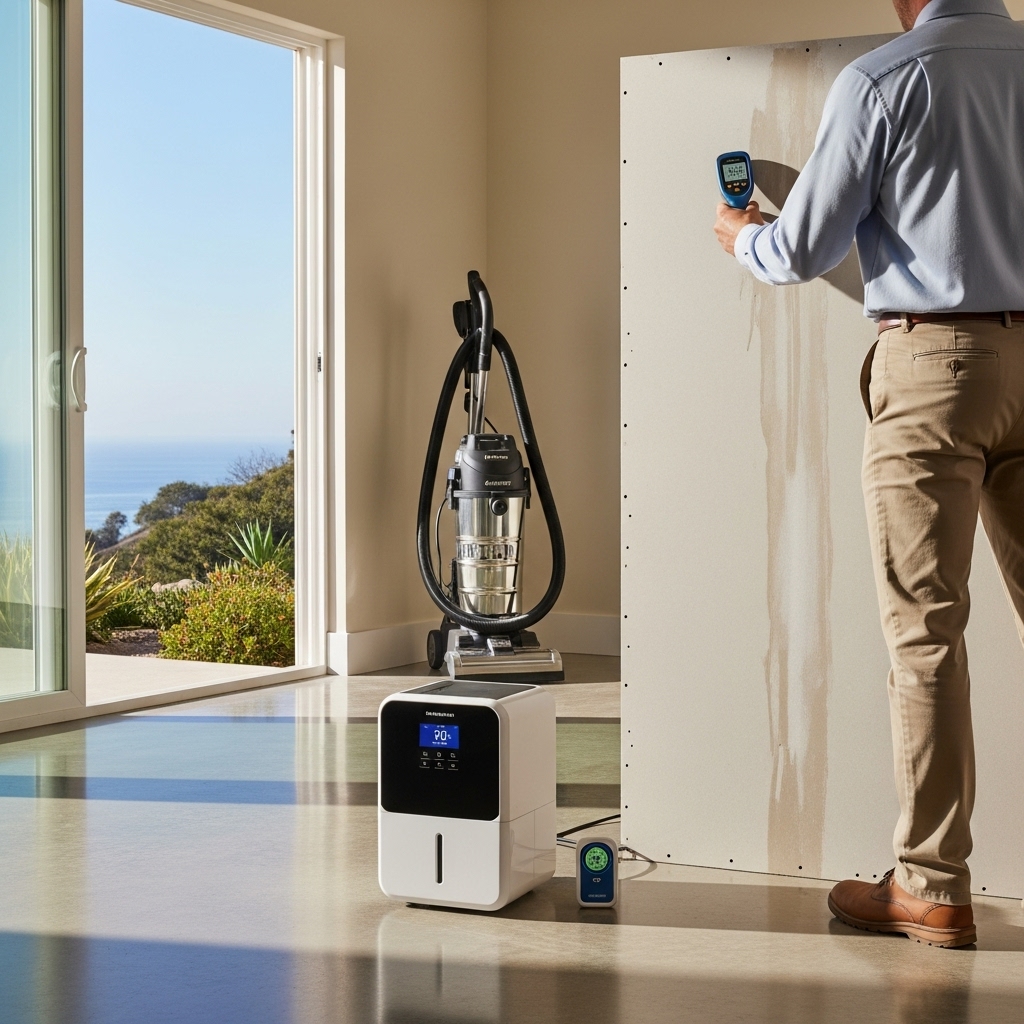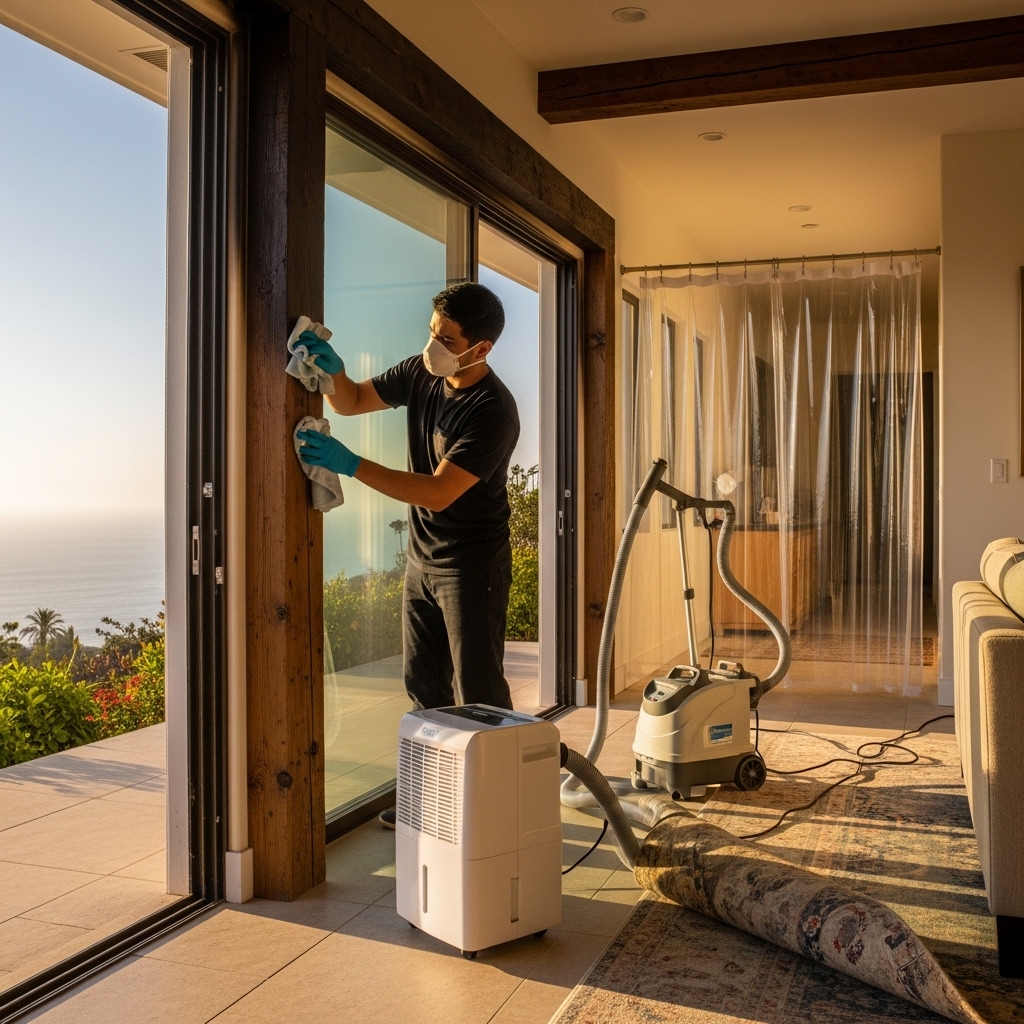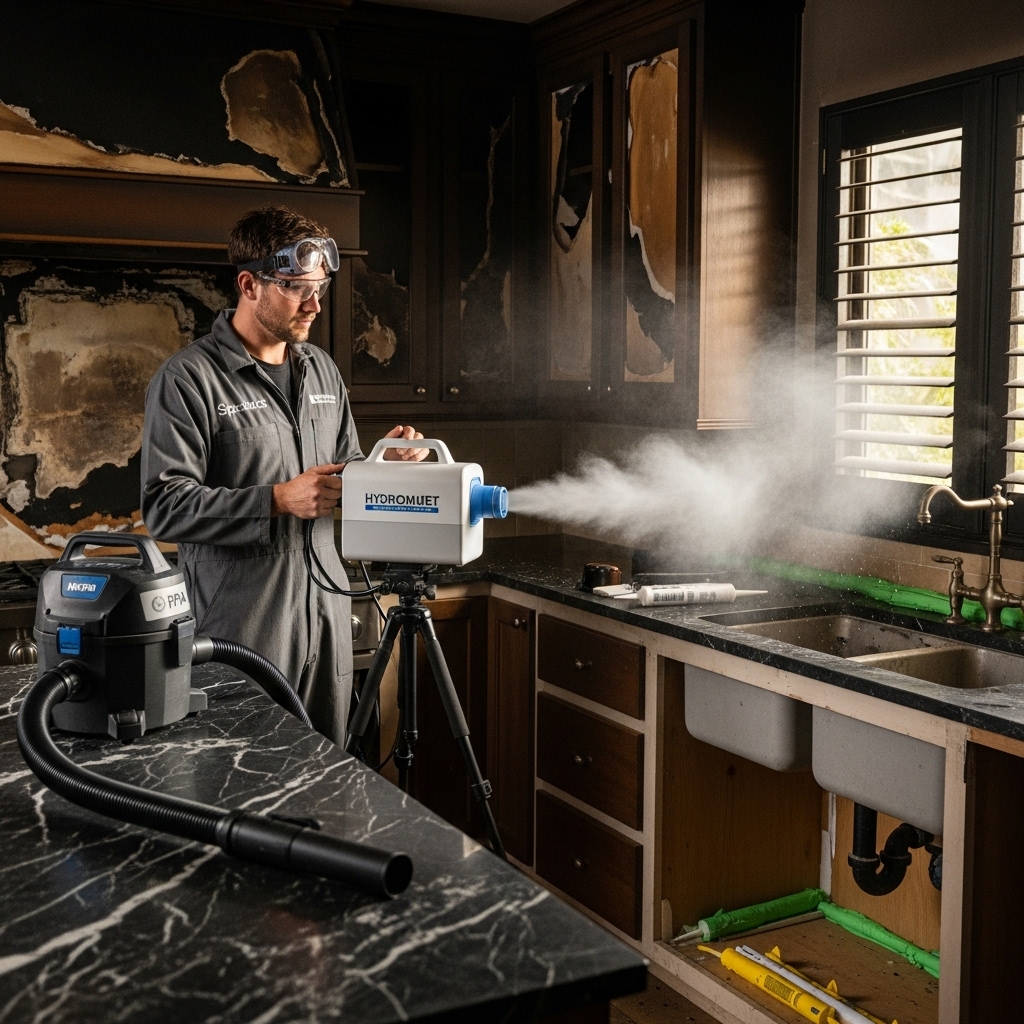When a fire affects your home in Malibu, California, it can feel overwhelming to map the path back to normal. This comprehensive guide organizes the journey into clear phases—from evaluating safety to rebuilding—so you can act decisively and avoid common pitfalls. In the first steps below, you will find practical advice tailored to local conditions, including coastal humidity and seasonal storms that can complicate drying and repairs. For homeowners who plan to involve experts, understanding the scope of modern fire damage restoration will prepare you to collaborate effectively and make informed decisions.
Every fire scene is different, but the fundamentals are consistent: protect health, stabilize the structure, remove moisture, eliminate soot and odor, and restore finishes. Your choices in the first 24 to 72 hours can significantly influence outcomes. By documenting thoroughly, communicating with insurers clearly, and following a proven process, you can shorten timelines and preserve more of what matters most.
Think of restoration as both science and project management. Moisture readings, airflow, and chemical selection are technical tasks; scheduling trades, aligning inspections, and tracking progress are organizational ones. Treating each phase with equal care keeps the project on track.
Phase 1: Safety and Stabilization
Safety is non-negotiable. Do not enter until fire officials say it is safe. Structural elements may be compromised, electrical circuits shorted, and the indoor air contaminated with fine particles and residues. Once cleared, wear protective gear, including sturdy shoes, gloves, and a respirator appropriate for particulates. Limit the number of people entering to reduce cross-contamination.
- Shut off utilities if they were not already disconnected and arrange professional inspections before restoring service.
- Board up broken windows, secure doors, and tarp roof openings to block weather intrusion and unauthorized access.
- Place walk-off mats and protective coverings to prevent tracking soot into cleaner areas.
- Designate a staging area for tools, supplies, and sorted contents to keep pathways clear.
Phase 2: Documentation and Communication
Photograph every room and item from multiple angles. Create an inventory of damaged belongings and note serial numbers for electronics when possible. Keep a written log of actions taken, moisture readings, and conversations with adjusters and contractors. Organized documentation helps with approvals, reduces disputes, and speeds claim processing.
Contact your insurer early. Ask what evidence they need, whether they require independent estimates, and how they handle specialty items such as antiques and fine art. Confirm coverage for temporary housing and storage, and track receipts for all recovery-related expenses.
Phase 3: Water Removal and Drying
Extinguishing efforts often leave behind significant moisture. Remove standing water with pumps or wet vacuums, then deploy dehumidifiers and air movers to dry materials in place. In Malibu’s humid environment, monitor conditions with a hygrometer and moisture meter. If humidity spikes outdoors, limit ventilation and rely more on dehumidification. Pull baseboards to access wall cavities and consider targeted demolition where insulation is saturated.
- Establish baseline moisture readings for walls, floors, and cabinetry.
- Set equipment in a balanced layout that promotes even drying without spreading soot.
- Reassess daily and adjust equipment based on new measurements.
- Continue until readings return to normal for the material type.
Phase 4: Soot and Smoke Removal
Soot is both a cosmetic and a health issue. Start dry: HEPA vacuum surfaces and use dry cleaning sponges to lift residue. Transition to wet cleaning methods only after removing as much loose material as possible. Clean from top to bottom and from the area of least damage to the worst to prevent smearing clean surfaces. Kitchen fires often produce protein residues that are nearly invisible but cling tightly to surfaces; these require specialized cleaners and patience.
- Replace rags and sponges frequently to avoid redepositing soot.
- Test cleaning solutions on hidden spots to protect finishes and paints.
- Use minimal moisture on drywall and particleboard to avoid swelling.
- Vacuum upholstery and drapes with HEPA filtration before fabric-specific cleaning.
Phase 5: Odor Neutralization
Even after thorough cleaning, odors can linger if residues remain in porous materials or concealed spaces. Comprehensive odor control targets both sources and air. Techniques include thermal fogging to carry deodorizing agents into crevices, hydroxyl generation to neutralize odors in occupied spaces, and sealing of structural elements with smoke-blocking primers. Remember to replace HVAC filters, clean ducts if contaminated, and avoid running the system until it is inspected.
Phase 6: Contents Handling and Restoration
Decide what to clean on-site, what to send off-site for specialized treatment, and what to discard. Label boxes by room and category. Photograph items before packing and note their condition. For electronics exposed to soot, do not power them on until evaluated—corrosive residues can cause short circuits. For textiles, repeated laundering or ozone-free deodorization approaches may be necessary to fully remove odors.
Phase 7: Structural Repair and Finishes
After drying and cleaning, evaluate the structure. Minor charring can sometimes be sanded and sealed; deeper damage requires replacement of affected members. Coordinate carpentry, electrical, and plumbing repairs in a logical order to avoid rework. When repainting, apply stain-blocking primers designed for smoke before finishing coats. Confirm that all materials are within normal moisture ranges before closing walls or installing flooring.
Working With Professionals
Professional teams bring advanced equipment, tested protocols, and the manpower to tackle complex jobs quickly. They also understand local permitting, code requirements, and environmental factors unique to Malibu, California. If you are considering help, review what comprehensive fire damage restoration covers so you can decide which phases to outsource and which you want to handle.
Local Considerations for Malibu, California
Coastal air accelerates corrosion on metals and electronics, making prompt cleaning and protective measures especially important. During storm seasons, tarping and exterior sealing must withstand gusting winds and heavy rain. Schedule inspections and material deliveries with weather in mind, and secure dumpsters, tarps, and equipment to prevent damage if conditions change suddenly.
Preventing Secondary Damage
Secondary damage—mold growth, rust, and odor rebound—often results from incomplete drying or inadequate cleaning. Maintain steady dehumidification, keep doors closed to unaffected areas, and avoid moving from dirty to clean zones without changing gloves and tools. Reevaluate spaces after several days to ensure no new staining, warping, or odors emerge as humidity and temperatures fluctuate.
Coordination With Insurance and Contractors
Clear communication is the glue that holds restoration together. Share documentation promptly, confirm scopes of work, and ask contractors for daily or weekly updates that include photos and moisture logs. Agree on change-order procedures before work begins. If disputes arise, your detailed records provide a reliable reference that keeps progress steady and transparent.
Maintenance and Future Readiness
Once your home is restored, take steps to reduce risk. Upgrade smoke and heat detection, consider interconnected alarms, and rehearse evacuation routes. Maintain electrical systems, clean dryer vents, and keep cooking areas free of grease buildup. If your property borders brush or trees, maintain defensible space and use fire-resistant landscaping where appropriate. Keep an emergency kit with critical documents, medications, and backups of photographs and inventories.
FAQs
Q: What should I do first after a fire? A: Ensure everyone is safe, wait for official clearance to enter, then secure the property and begin documentation before cleaning.
Q: How long does drying take? A: It varies by materials and climate. With proper equipment, many structures reach target moisture in several days, but hidden cavities may take longer.
Q: Can I save my mattresses and upholstered furniture? A: It depends on smoke penetration and water exposure. HEPA vacuuming and professional cleaning can help, but replacement may be safer if odors persist or if saturation is heavy.
Q: Do smoke odors return in humid weather? A: They can if residues remain. Comprehensive cleaning, sealing, and deodorization prevent odor rebound.
Q: Should I clean ducts? A: If soot entered the HVAC system or if filters show heavy contamination, professional duct cleaning and filter upgrades are recommended.
Q: Is it safe to stay in the home during restoration? A: Some phases are compatible with occupancy, but heavy cleaning, demolition, or odor control work may require temporary relocation for comfort and safety.
Move Forward With Confidence in Malibu, California
By following a structured plan and partnering with qualified help when needed, you can restore your home efficiently and safely. Keep health and documentation at the forefront, dry thoroughly, clean methodically, and address odors completely. If you want expert support at any stage, connect with professionals who specialize in fire damage restoration and understand the unique demands of Malibu, California homes.


